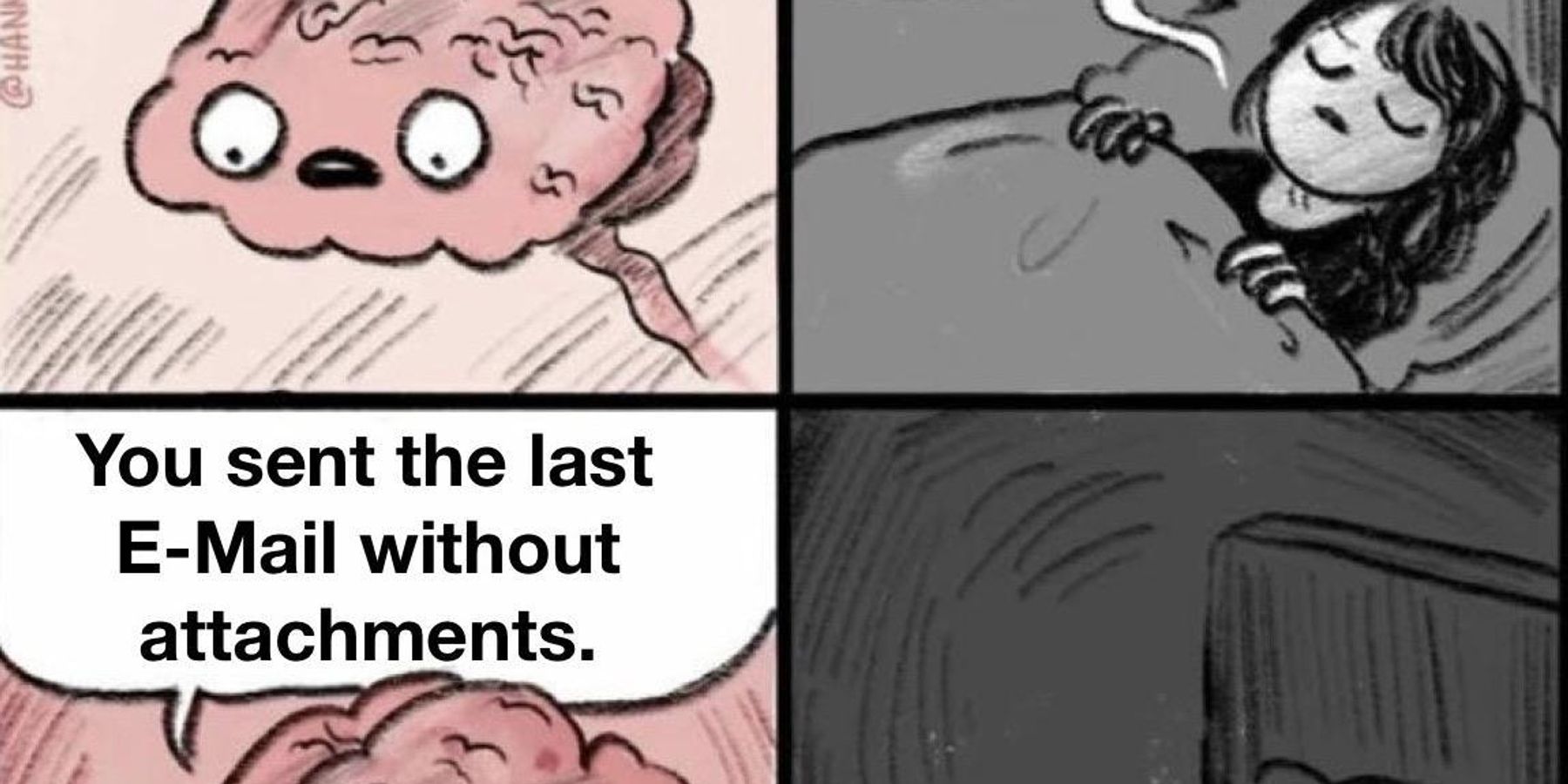As the Cofounder and President of PowerToFly, I've been to my fair share of conferences and networking events. PowerToFly ran over eighty events over the last twelve months!
Needless to say, I know that trying to meet new people at a multi-day event seems overwhelming. But it doesn't have to be exhausting. It can be reinvigorating and lead to useful connections that last for years to come - after all, that's why we go to conferences, right?
So, without further ado, here are my 5 tips for networking at a conference - read them, live them, and make the most of your next conference!
1. Do Your Homework - Conference networking starts well before you pick up your name tag. Review the speakers and program as a whole a few weeks in advance so you can make a plan for who you want to meet and how you can connect with them.
*Pro tip* - Once you've decided who you absolutely want to meet at the conference, ask a mutual connection to introduce you on LinkedIn or send them a connection request with a specific ask. Tell them who you are, why you want to meet them/need their help, and propose a time to meet. If you're delivering any pitches or talks of your own at the conference, you can invite them and ask them to connect for 5 minutes afterwards.
2. Practice Your Pitch - You'll be introducing yourself a lot. Be ready to tell everyone you meet the following info in 30 seconds or less:
- Your name
- What you do
- Why you are at this particular conference
3. Be Genuinely Interested in the People You Meet - Dale Carnegie's old advice definitely applies to networking at a conference… Your ability to drive an interesting conversation that isn't all about you will be a breath of fresh air for your fellow attendees. Try the following:
- When you meet someone, repeat their name and use it in the conversation
- Ask open-ended questions
- Practice active listening
- Smile and ask targeted follow-up questions
4. Take Notes - Once you're done chatting with someone, jot down a few notes about the conversation. If you've done step 3 effectively, you should have several unique takeaways that go well beyond the person's job title.
5. Follow Up & Share The Wealth - This is where the real fun begins. Connect with everyone you'd like to stay in touch with on LinkedIn and/or social media - when appropriate, you can use the notes you took to add a personal message that references something unique about the conversation you had!
Finally, consider sharing what you learned at the conference in a blog post or even a short video (you can share videos throughout the conference too). This is a great stepping stone to connect with fellow conference attendees you didn't have the chance to meet, and to share your key conference takeaways with colleagues/acquaintances who weren't able to attend the conference.




